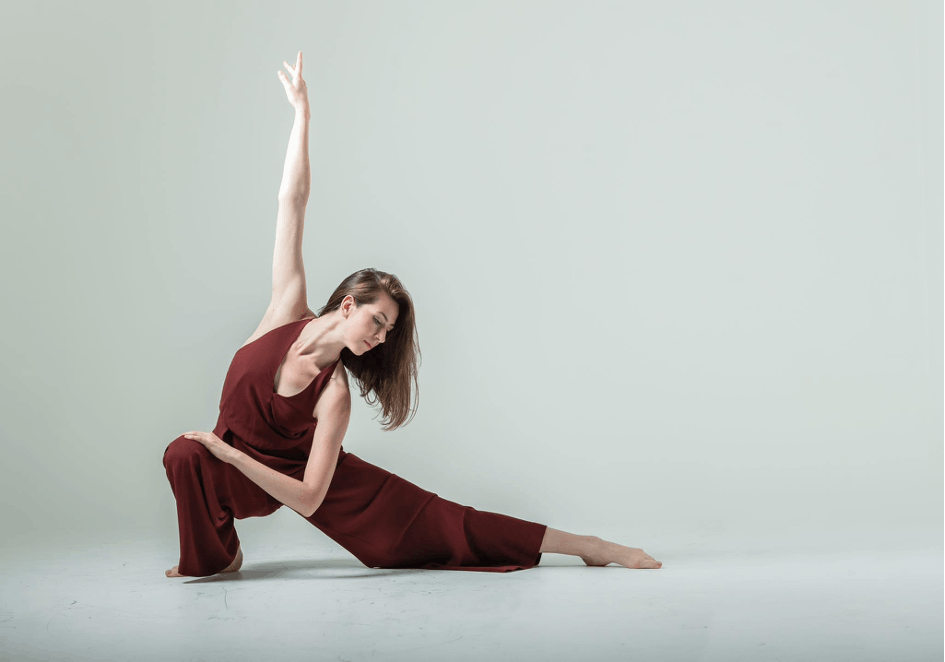Dancers and dance teachers are strongly focused on developing their dance and body. But is physical training enough to be a good teacher? And what if your body lets you down due to an injury or fatigue, or if you have to teach for six or seven hours a day and simply aren’t capable of dancing with your class the whole time?
Conscious, accurate use of language and your voice can work wonders and take your work as a dance teacher to a higher level. It is a gift both to yourself as a teacher and to your pupils. When and how do you use helping texts and warnings? How can you adjust your tone of voice to evoke a certain atmosphere? How can you use your voice powerfully without straining it? Which words have what influence on a group or an individual? Often, ‘less is more’ is a useful rule of thumb for your verbal instructions, and this workshop will explain how to do that.
